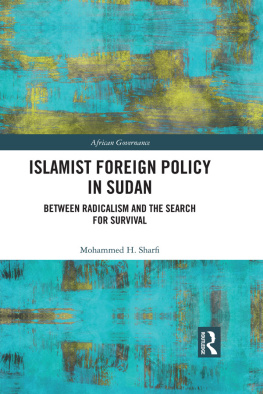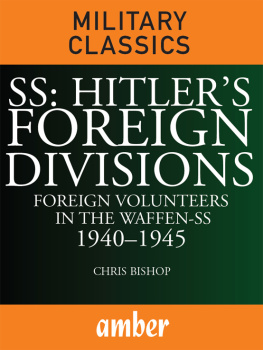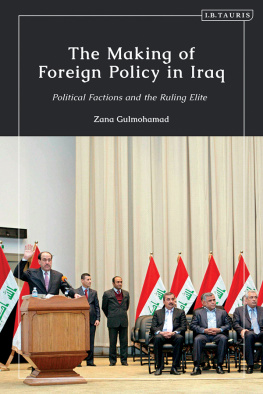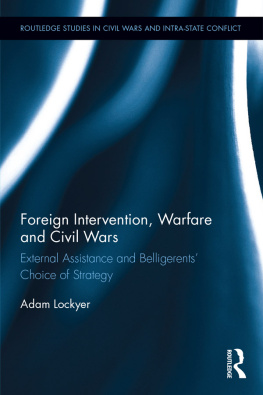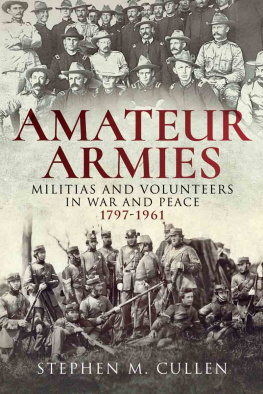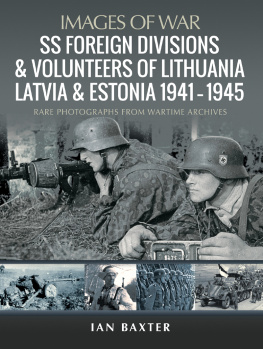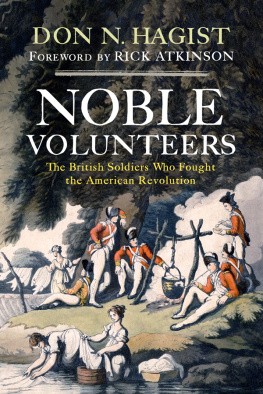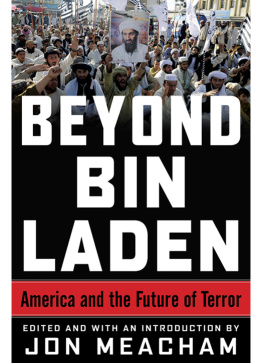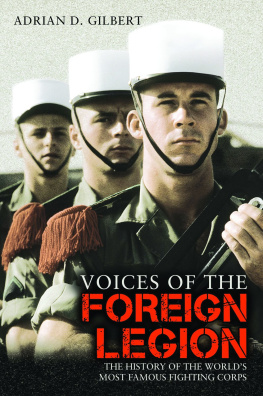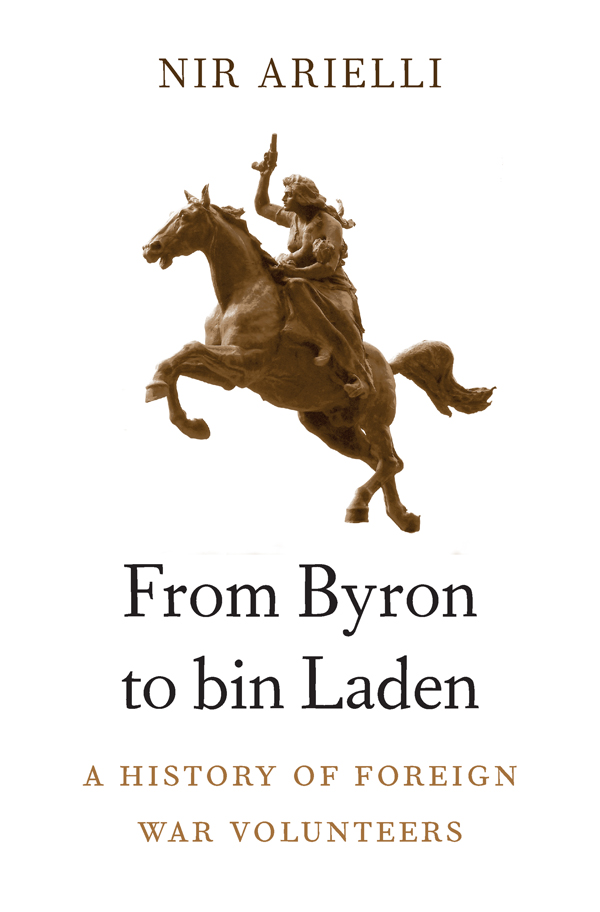978-0-674-97956-7 (alk. paper)
Names: Arielli, Nir, 1975 author.
Title: From Byron to bin Laden : a history of foreign war volunteers / Nir Arielli.
Description: Cambridge, Massachusetts : Harvard University Press, 2018. | Includes bibliographical references and index.
Subjects: LCSH: Foreign enlistmentHistory. | Military service, VoluntaryHistory. | SoldiersPsychology.
In August 2014 a masked man, dressed in black and holding a knife, was filmed delivering a propaganda message and then executing James Foley, a reporter from the United States who was being held hostage by the Islamic State in Syria. At first the identity of the executioner remained a mystery, although his accent betrayed that he had been raised in London. Soon the tabloid press in Britain reported that the man was part of a gang of British jihadis known as The Beatles, therefore bestowing on him the nickname Jihadi John. It was only in February 2015 that the masked man, who had meanwhile been filmed executing other foreign hostages, was formally identified as Mohammed Emwazi.
A native of Kuwait and a British citizen, Emwazi grew up in west London and studied computer programing at the University of Westminster. In January 2016 the organization confirmed that Emwazi had been killed by a drone strike on 12 November 2015.
Another British man who made his way to Syria to fight in its civil war is Michael Enright, a British actor who had a minor role in the Hollywood film Pirates of the Caribbean: Dead Mans Chest. But unlike Emwazi, Enright joined the Peoples Protection Unit or YPG, a Kurdish military organization that currently fights against the Islamic State. In fact, Enright alluded to Emwazi as one of the reasons for his decision to volunteer in an interview he gave Al-Aan TV in early June 2015: I particularly became aware of it [the Islamic State] when they cut off an American journalists head and what was even worse for me was that it was an Englishman who did it. Ive got to try to right that wrong.
While both men made international headlines, it is Islamic foreign fighters like Emwazi who have captivated the attention of politicians, security agencies, and public opinion more broadly. In contemporary debates, foreign fighters are frequently seen as a problem. World leaders from different countries, who often disagree with each other on many issuesincluding how to respond to the civil war in Syriashare a concern about the dangers posed by returning, radicalized veterans of the Syrian conflict. For instance, former British prime minister Tony Blair declared in June 2014 that already the security agencies of Europe believe our biggest future threat will come from returning fighters from Syria.
Zhang Chunxian, the Communist Party secretary of Xinjiang in China, likewise warned of the danger posed by those Uyghurs (a Muslim ethnic group from western China) who have fled overseas and joined Isis. This, he said, has a direct bearing on China because some who fought [in Syria] returned to Xinjiang to participate in terrorist plots.
The aim of this book is to examine foreign-war volunteers not merely as a problem. It makes a historians contribution to contemporary debates by tracing the roots of the phenomenon to the late eighteenth century and identifying its main attributes in subsequent generations. Among other things, the book shows how foreign volunteers were perceived differently by different people in different historical contexts. While today, as the statements above illustrate, there is a tendency to conflate foreign fighters with terrorists, people who traveled abroad to voluntarily fight in foreign conflicts have also been hailed as heroes. As we will see, this was the case with the Marquis de Lafayette, a Frenchman who fought in the American Revolution in the 1770s, and the British poet Lord Byron, who took part in the Greek War of Independence in the 1820s. When discussing the topic of my research, many of my interlocutors tended to express positive views about certain groups of foreign volunteers such as the International Brigades that fought in the Spanish Civil War (19361939). How one perceives the cause foreign volunteers fought for largely determines ones positive or negative appraisal of such individuals. In this book, however, I have tried, as far as possible, to avoid passing judgment on good or bad and just or unjust causes.
The study of the history of foreign volunteering opens up a broad range of questions that relate to human motivations, ideology, gender, statecitizen relations, international law, military effectiveness, radicalization, the memory of war, and many more. To address these questions, I have made use of evidence from both primary and secondary sources pertaining to the participation of foreigners in different kinds of armed conflicts that span almost two and a half centuries. There are vast differences between the cases under examination. For instance, foreign volunteers have joined militias, paramilitary units, guerrilla outfits, and regular armies, navies, and air forces. They have fought in insurgencies, civil wars, wars of secession, and state-on-state wars. But while contexts may differ, certain mechanisms recur. In fact, foreign volunteers of different generations share a number of characteristics. These commonalities are the subject of this book.
Definitions and (Porous) Boundaries
Foreign volunteers leave their country of nationality or residence and take part in a conflict abroad on the basis of a personal decision, without being sent by their government and not primarily for material gain. Those who chose to remain until the bitter end, even after the Spanish government pulled out, can be considered foreign volunteers.
To further clarify who is included and who is excluded from our definition of foreign volunteers, let us consider two cases of US citizens who served abroad during the Second World War. The group of seventy-four American pilots and support staff who fought alongside Chinese nationalist forces against Japan from 1941 onward are not discussed in this book. They were, for all intents and purposes, seconded by President Franklin D. Roosevelt, who signed an order on 15 April 1941, permitting American military pilots to join General Claire Chennault, who was forming an American Volunteer Group in China. These men, who came to be known as the Flying Tigers, were an instrument of the foreign policy of the United States. In contrast, those American airmen who joined Britains Royal Air Force (RAF) between 1939 and 1941, with some of them going on to form the Eagle Squadrons, are discussed. As we will see, many of these volunteers traveled to Canada to enlist, sometimes surreptitiously, and were at risk of losing their American citizenship for doing so.


